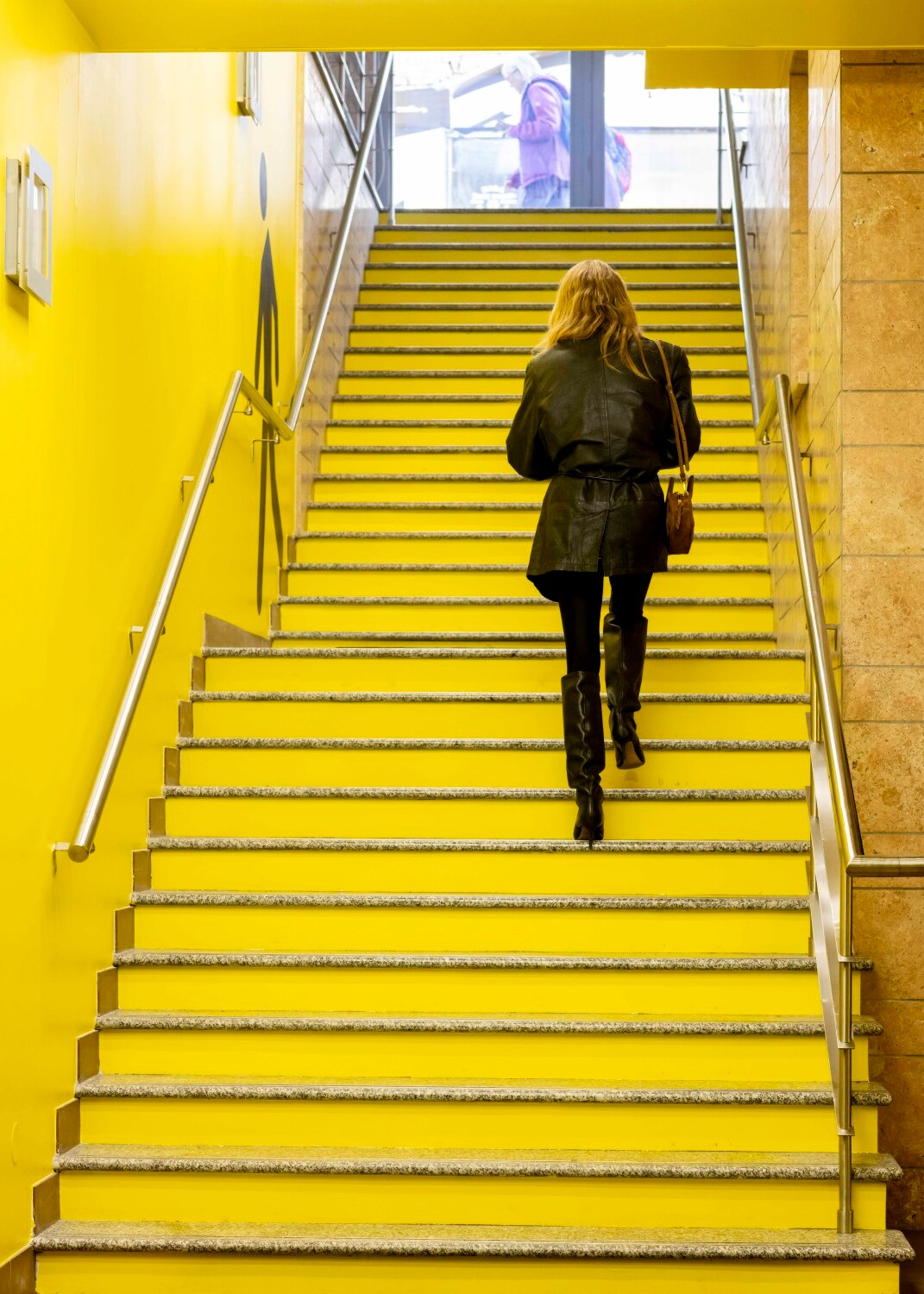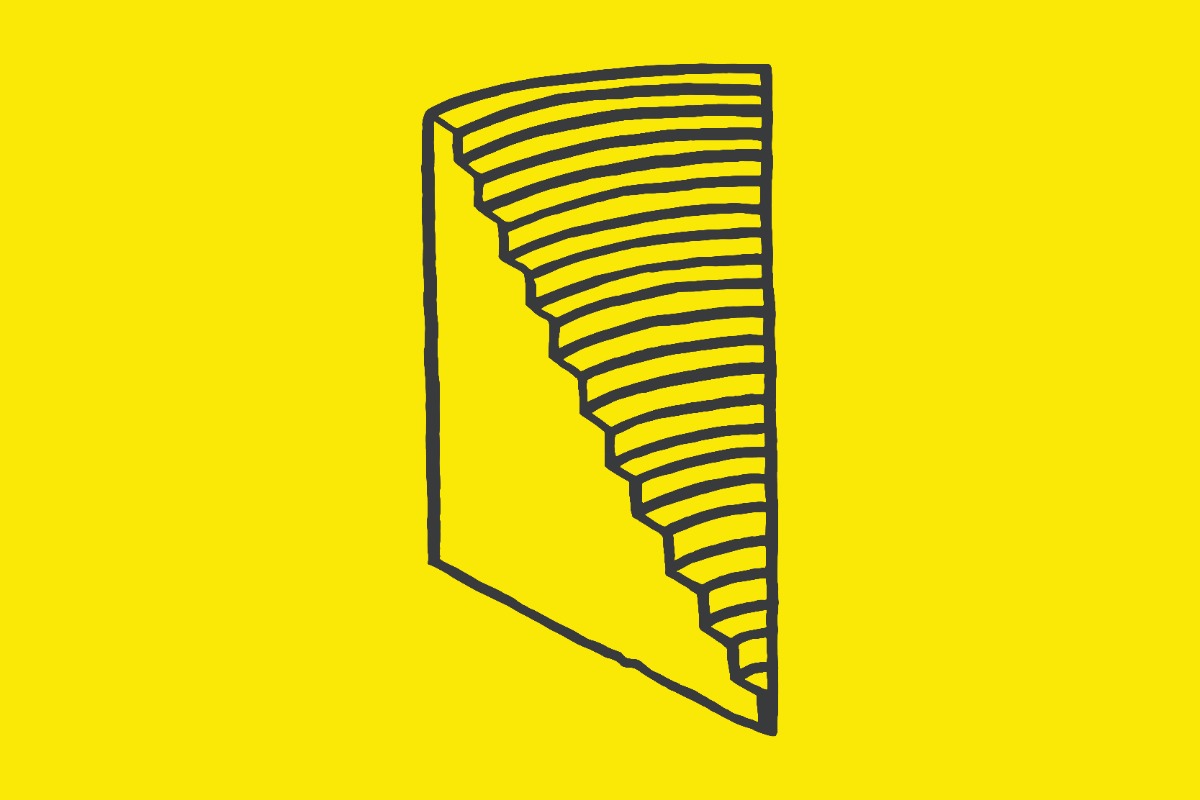
Riga Contemporary Art Space launches a new season
A renewed identity and ambitious exhibition program
Riga Contemporary Art Space (RCAS) enters a new chapter with a renewed identity and an ambitious artistic direction that positions it as a key platform for contemporary art in the Baltic region. Under its new vision, RCAS aims to cultivate an internationally engaged and conceptually dynamic program that foregrounds the transformative role of art in society - its ability to challenge perception, inspire empathy, and foster dialogue about the complexities of the present world.
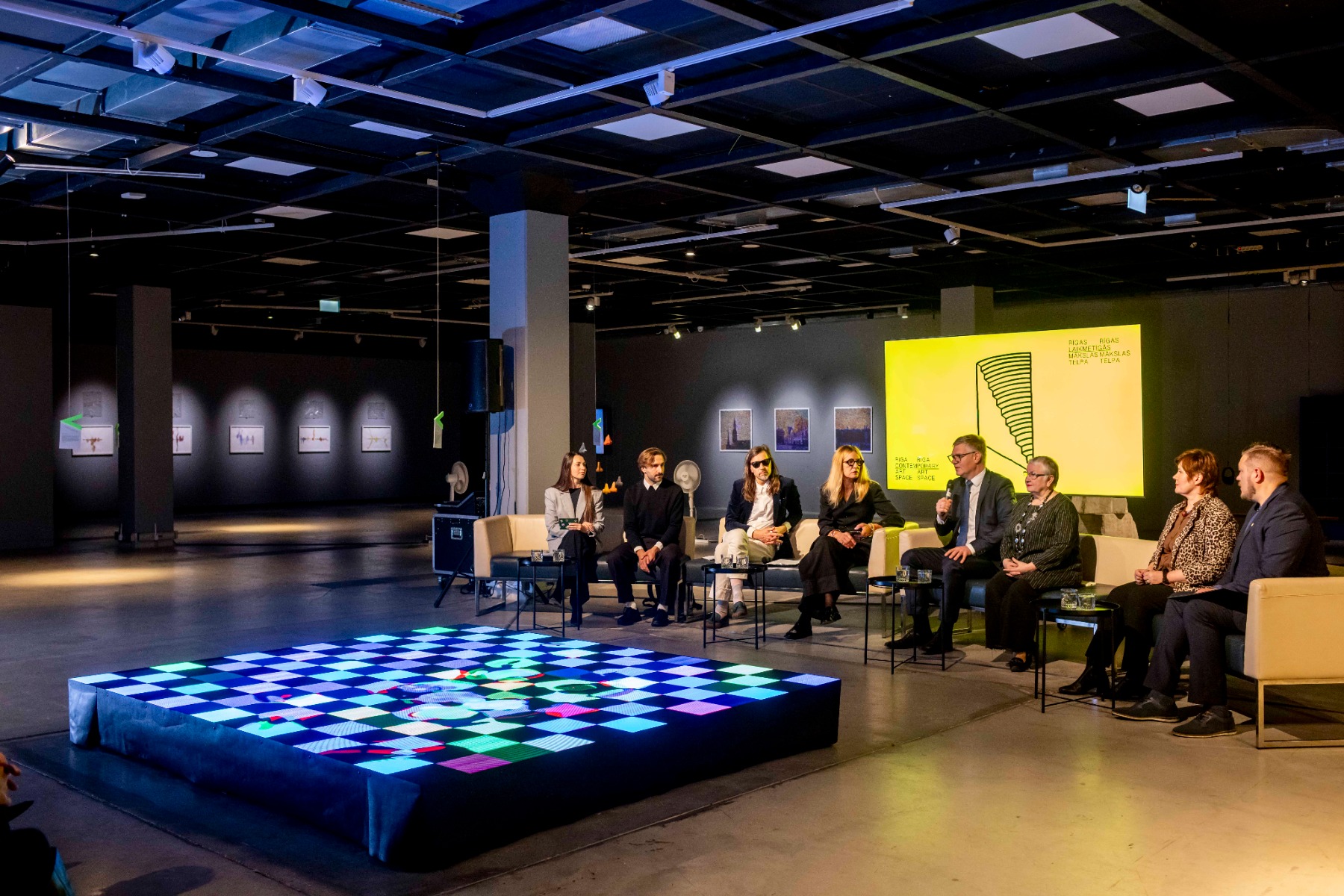
A renewed vision for contemporary art in Riga
Daiga Rudzāte, Director of RCAS, remarks: “We believe art is a language of connection - a medium through which dialogue, reflection, and a sense of belonging can flourish. In today’s world, it serves as a universal code that helps us comprehend both ourselves and one another. Our goal is to create a space where contemporary art is met with openness, attentiveness, and respect - regarded not as a niche pursuit, but as a vital part of public consciousness. The 2026 season will emphasize international exchange while strengthening the voices and narratives of Latvian artists.”
In November this year, the solo show by Latvian conceptual artist Leonards Laganovskis’s, Clean Cut (Main Gallery) will open, followed by Rihards Vītols’s Ecotopia (Gallery Space) - a poetic encounter between natural observation, technological speculation, and imagined futures.
Visual identity by Reinis Dzudzilo
A City in Dialogue with Art
Viesturs Kleinbergs, Mayor of Riga: “In recent years we have been shaping Riga’s profile as a center for contemporary art through collaboration with numerous organizations. I am proud that Riga Contemporary Art Space, with its new leadership and bold ambitions, will be a cornerstone of this effort. I have no doubt it will soon become a must-see destination for visitors to our city.”
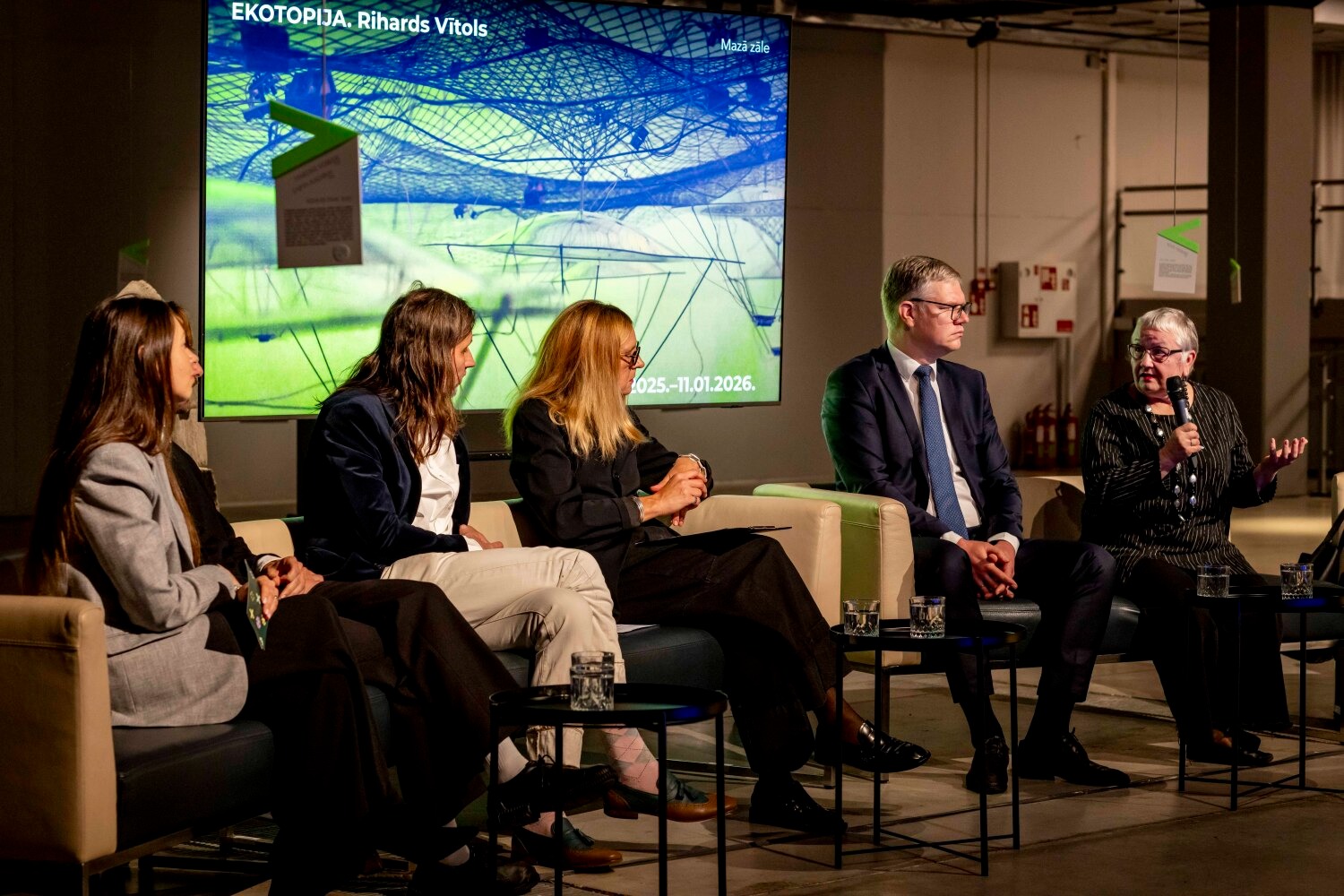
2026: between local narratives and global conversations
The 2026 program at Riga Contemporary Art Space unfolds as a dialogue between the local and the global - a constellation of exhibitions that navigate the intersections of technology, emotion, memory, and myth. Through solo presentations, thematic group projects, and international collaborations, the season invites viewers to consider how art reflects and reshapes the conditions of contemporary existence.
Among the key exhibitions:
- Gints Gabrāns, Metamorphoses (curated by Artūrs Virtmanis)
A meditation on the porous boundary between human consciousness and artificial intelligence, exploring transformation as both a biological and digital state of being. - Andris Breže: Enclosure
The series Giants
The reconstruction of this seminal work, first shown at the second annual exhibition “State” of the Soros Contemporary Art Centre (Latvia) in 1994, inaugurates the series Giants, dedicated to the trailblazers of Latvian contemporary art and their living legacies, that said gestures that continue to reverberate across generations. - Sarmīte Māliņa: Looking from the Side
The series Giants
First shown at the exhibition Latvia – XX Century Somersault. 1940–1990 in 1990, Māliņa’s work returns to the present moment as a meditation on observation, distance, and historical memory. - Riga Photography Biennial (curated by Inga Brūvere).
A deep inquiry into the ontology of the image in the digital era - how photography migrates between truth and fiction, surface and data.
- How are you feeling today? Emotional Intelligence (group exhibition, curated by Una Meistere and Daiga Rudzāte).
Dedicated to physician Ilze Aizsilniece (1966–2025), this multimedia project considers art as both mirror and therapeutic tool, a study of the emotional landscape where science, medicine, and everyday life converge.
- Always the Sun. Greek Contemporary Art (curated by Marina Fokidis)
The exhibition introduces an emotional and aesthetic warmth (that at times can also be catastrophic) from the Southeast: from Greece and the broader Mediterranean world. The exhibition is not about nostalgia or exoticism—it is about transmitting a way of seeing and sensing the world, shaped by a particular geography, history, and climate.
- Solo projects by poet and performance artist Jeļena Glazova and emerging artist Elizabete Andersone will expand the sensorial boundaries between sound, perception, and space.
Looking toward the future, Riga Contemporary Art Space envisions itself as a meeting point between the local and the transnational, a space where artistic thought circulates freely across borders, particularly within the Nordic–Baltic region. Over the coming years, RCAS will strengthen its partnerships with the Art Academy of Latvia and other cultural institutions, fostering exchange programs and cross-disciplinary initiatives that encourage collaboration among emerging and established artists alike.
The institution’s young artists’ program will become a key platform for experimentation and visibility, while expanded international partnerships will extend Riga’s artistic dialogue outward, connecting it to networks in Helsinki, Tallinn, Vilnius, Stockholm, and beyond.
In 2027, Riga will host the Latvian Pavilion exhibition from the 61st Venice Biennale, allowing audiences to experience a world-class art event within the city itself is a symbolic gesture of bringing global art discourse home. Alongside exhibitions, educational programs, lectures, and public discussions will continue to play an essential role, deepening public engagement and cultivating a more nuanced understanding of contemporary art’s processes and social resonance.
Linda Pede, Head of International Marketing and Cooperation and Deputy Director, notes: “Riga must continue to offer a diverse and forward-looking cultural landscape that speaks both to its citizens and to the wider Nordic–Baltic community. Contemporary art challenges how we see and feel; it connects us through shared reflection. The renewed identity and ambitious program of Riga Contemporary Art Space not only enrich the city’s cultural life but position Riga as an open, creative hub in the European North.”
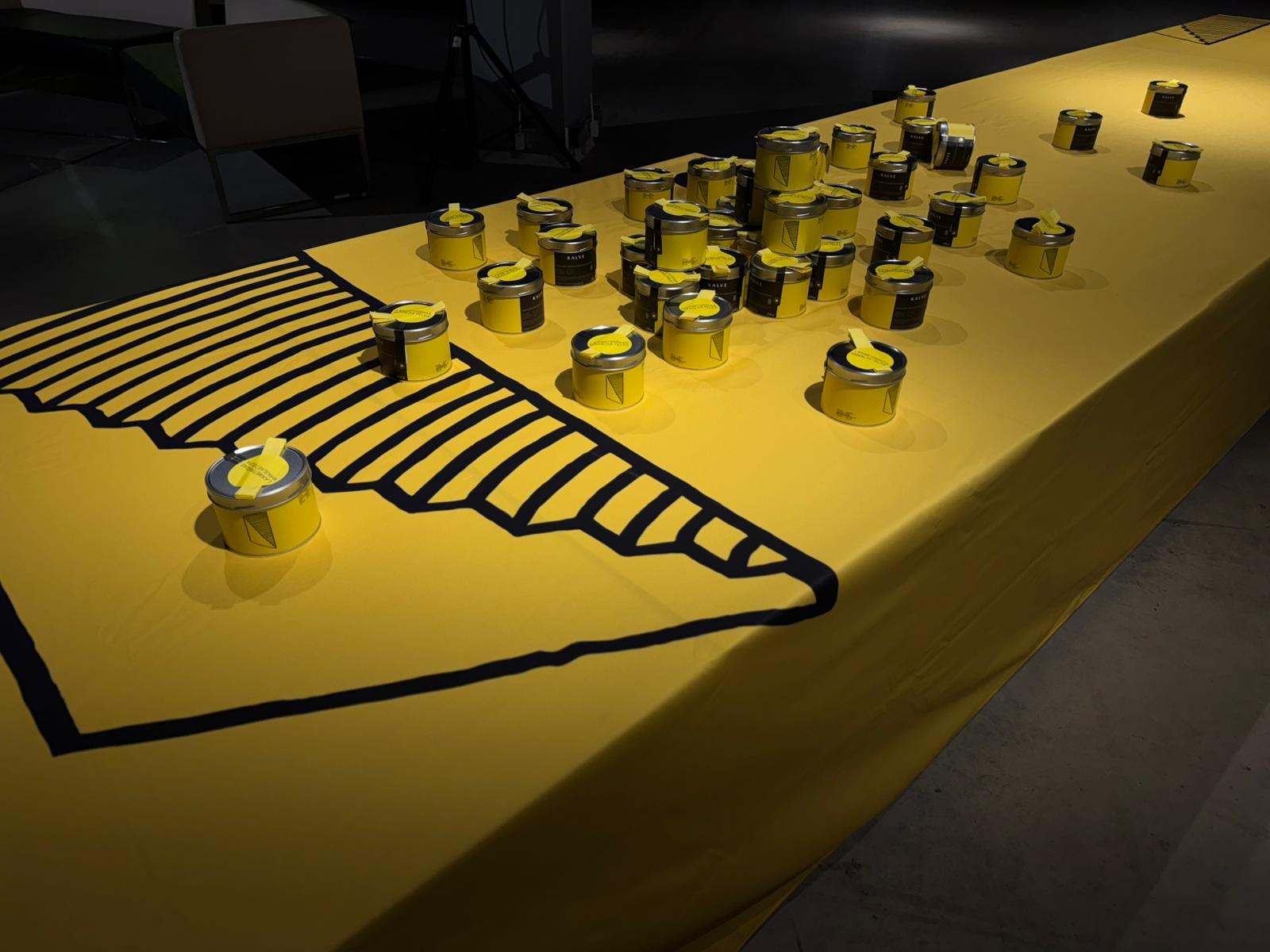
Identity and architecture – seeing as an act
The new visual identity of RCAS, created by Reinis Dzudzilo, centers on the act of seeing as both a metaphor and a gesture. The logo is built around the motif of a staircase cross-section which is a symbol of movement between the surface and the subterranean, between consciousness and the unconscious, between the everyday and the artistic. The imagery evokes the mythic descent of Orpheus, his journey downwards and his hopeful return, embodying art’s transformative potential.
As Dzudzilo explains: “The visual language of Riga Contemporary Art Space focuses on the written name itself emphasizing the defining addition of the word ‘Contemporary’. The vertical alignment of the words suggests a pair of eyes: two separate perceptions merging into one point of focus, the present moment. Complementing this is a hand-drawn emblem, a fragment of a staircase, symbolizing the descent and ascent required to enter the space a metaphorical passage echoing Orpheus’s journey toward renewal and rediscovery.”
The architectural identity, developed by architect and artist Pauls Rietums, will establish a cohesive visitor environment which is open, functional, and contemporary. Plans include an expanded public area with spaces for relaxation and learning, a reimagined entrance and ticketing zone that forms a seamless threshold between the rhythm of the city and the stillness of the exhibition space, and a future conference hall for lectures, discussions, and international symposia.
